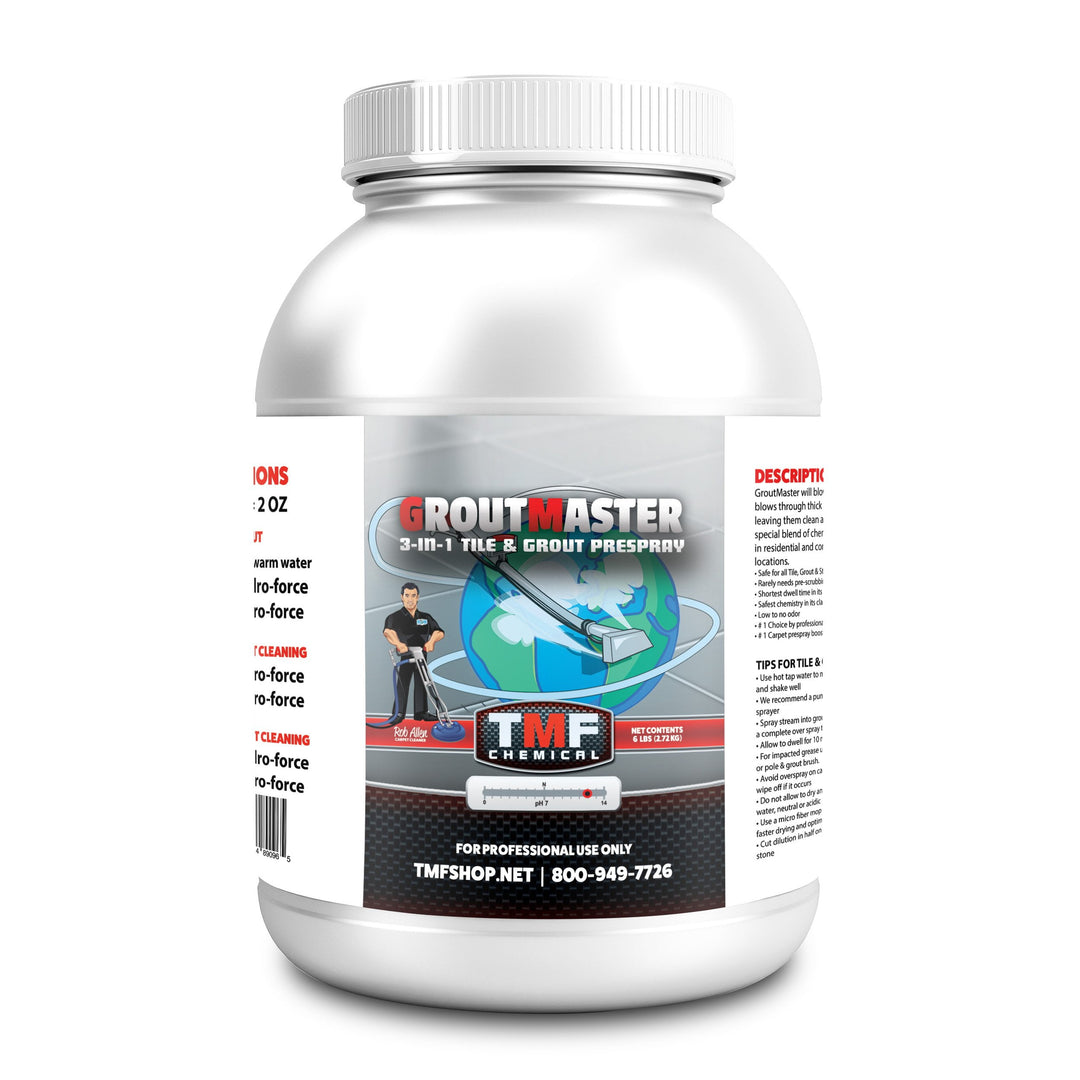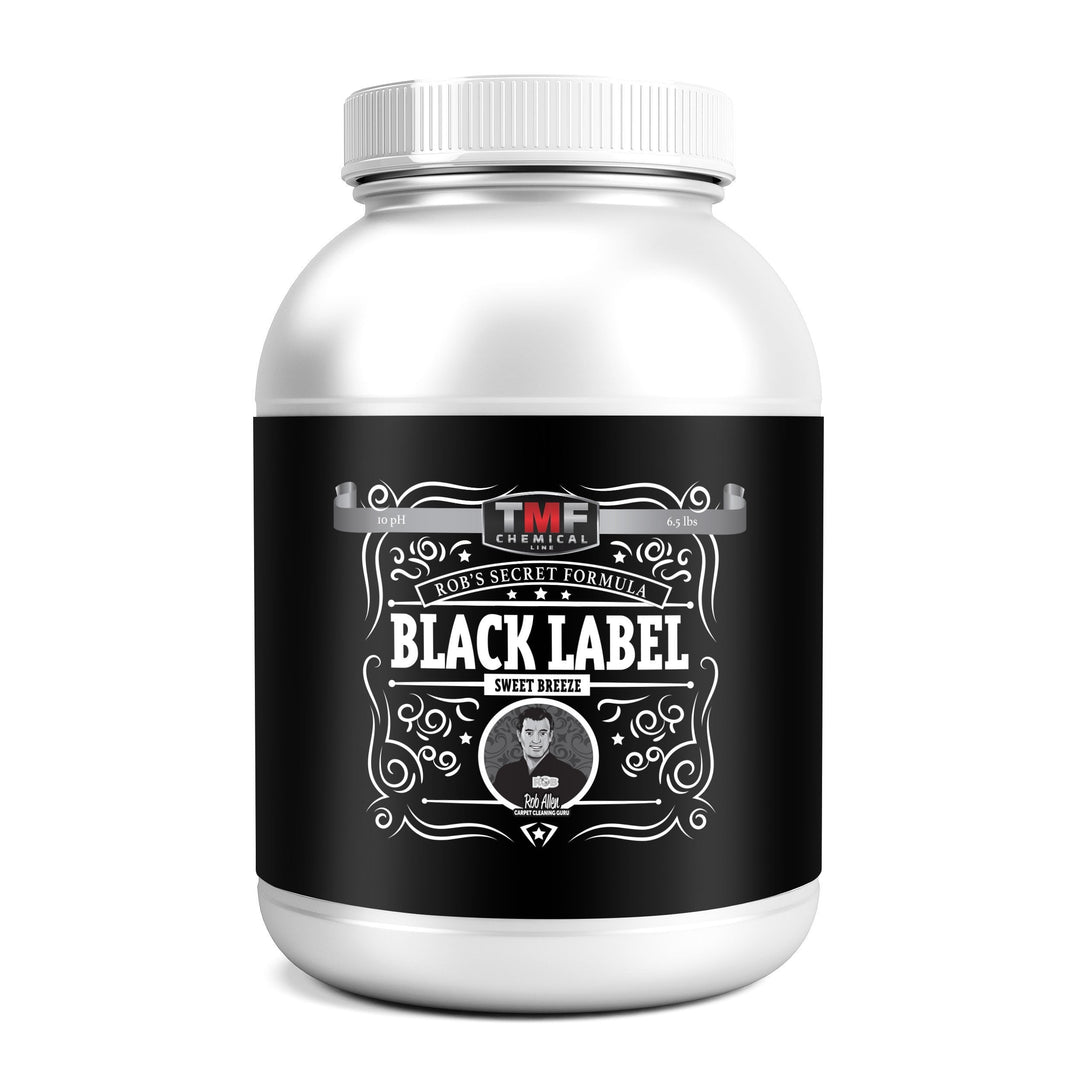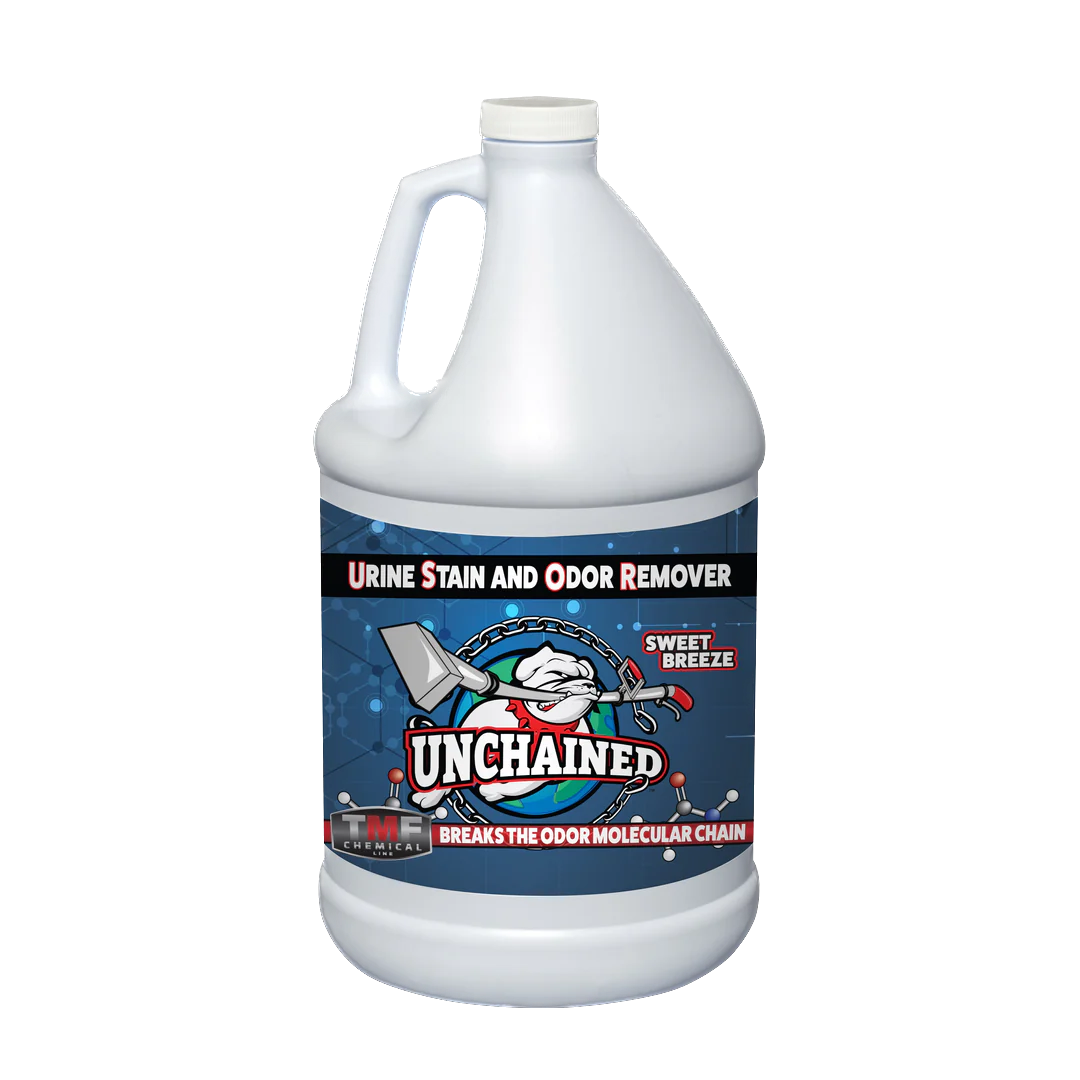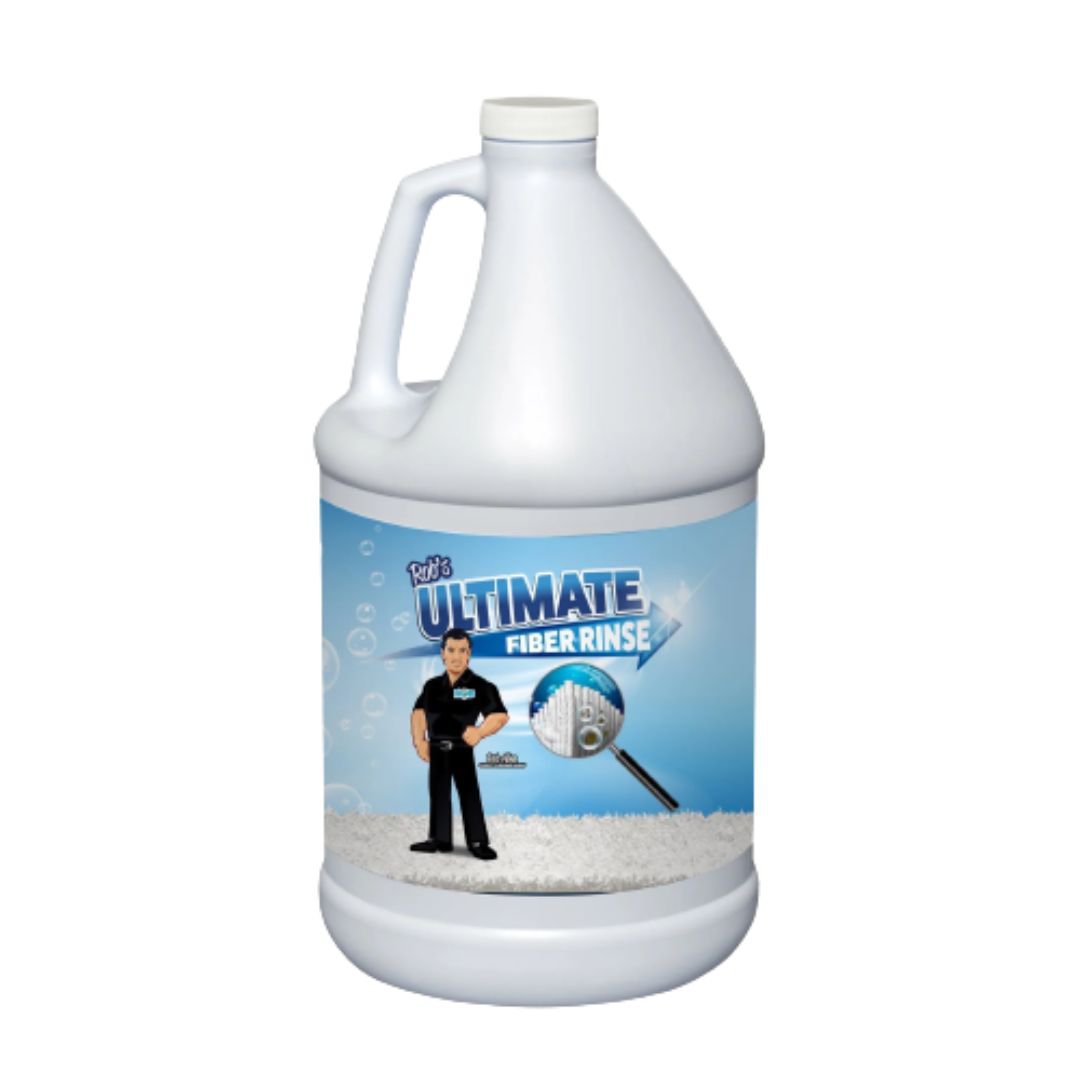How to Remove Stain from Wood Furniture
If you own wood furniture, you know how important it is to keep these classic pieces looking good and working well. But maybe you're not sure exactly how to do that.
Well, luckily for you, we've got just the guide for you. In this article, we'll not only how to identify different types of stains, but also how to clean them.1
With the right care and attention, wood furniture can last for years. And if you clean it properly, it won't just look better. It'll last a lot longer as well.
So read on and learn how to remove stain from wood furniture so that you can get your pieces looking as good as new. Whether you’re getting a black stain out of wood or cleaning greasy stains on your wood furniture, we’ve got you covered.
What this article covers:
- Identifying Different Types of Wood Furniture Stains
- Essential Supplies for Removing Stains
- Preparing the Wood Furniture for Stain Removal
- Removing Stains from Wood Furniture: Step-by-Step Guide
- Refinishing the Wood Furniture
- Maintaining the Furniture to Prevent Future Stains
Identifying Different Types of Wood Furniture Stains
Before you can remove wood stains from your furniture, you’ll need to know what kind of stain you're dealing with. In this section, we’ll discuss the five most common types of stains and how to identify them.
Water-Based Stains
Water-based stains happen when water or other liquids get into the surface of the wood. They usually leave a mark that is cloudy and discolors the wood.
Most of the time, these stains are light in color and are caused by spills, condensation, or being wet.

Oil-Based Stains
Oil-based stains occur when substances containing grease or oil seep deep into the wood's pores. They often leave dark, stubborn marks.
These stains can be more challenging to remove. This is because they are resistant to water-based cleaning methods.
Oil-based stains come from things like cooking oils, greasy foods, and some cosmetic products.
Dye Stains
Dye stains happen when colored substances penetrate the surface of the wood and leave a bright, often hard-to-remove mark. These stains can come from many items that you have lying around your house. This includes food coloring, dyed fabrics, and art supplies.
Dye stains may require specialized cleaning solutions or mild bleaching agents to remove them effectively.
Ink Stains
Ink stains, as the name suggests, happen when ink penetrates the wood's surface.
These stains are often hard to get out because they set quickly and can spread if they aren't treated right.

Heat & Steam Stains
Heat and steam stains are also sometimes called white rings or clouding. They happen when heat or moisture from hot objects damage the finish of the wooden furniture, leaving a white or cloudy mark.
Most of the time, these stains happen when you put hot cookware, heated appliances, or steamy items directly on the wood surface.
Essential Supplies for Removing Stains
Here are the essential supplies you'll need for removing various types of stains:
- A wood cleaning solution
- Soft cloths or microfiber towels
- Fine-grit sandpaper
- Wood stain or finish
- A paintbrush or foam applicator
Preparing the Wood Furniture for Stain Removal
Assess the Severity of the Stain
Start by inspecting the stain and trying to assess what type of stain it is. Think about how deep the stain has gone, how big the affected area is, and if the stain has damaged the finish on the wood.
By assessing the stain first, you can figure out which method and tools are going to help the most. For example, dark stains might be more difficult to remove and might require a stain remover.
Clean the Furniture Surface
Before you try to get rid of the stain, it’s important to prep the furniture surface. To do this, give it a quick, basic clean. Get rid of any loose dust and dirt that might get in the way.
Clean the surface with a soft cloth or microfiber towel and a mild wood cleaner, paying special attention to the stained area.
The process of removing a stain will work better if the surface is clean and free of debris.
Protect Surrounding Areas
When using cleaning solutions, solvents, or other things to get rid of stains, it's important to protect the area around you. Use plastic sheeting, drop cloths, or masking tape to cover and protect nearby surfaces, fabrics, and floors from any possible spills or splatters.
Taking this extra step will help you avoid doing any more damage as you try to get the stain out.
Removing Stains from Wood Furniture: Step-by-Step Guide
Removing Water-Based Stains
Apply a Wood Cleaner
To remove a water stain from your wood furniture, put a small amount of wood cleaner on a soft cloth or microfiber towel. Make sure to use it according to the directions on the bottle.
Gently Wipe the Area
Use a damp cloth or towel to gently wipe the stained area in the direction of the wood grain. Be sure to only use light pressure to avoid doing more damage to the wood.
Repeating if Necessary
Re-assess the stain. If it's still there, repeat the process until you’ve managed to clean it up completely.
Once the stain is gone, use a clean, dry cloth to wipe the area down. This will get rid of any residue from the wood cleaner and make sure it doesn’t damage the wood further.
Removing Oil-Based Stains
Apply a Suitable Solvent
Choose a solvent that's made to remove oil-based stains from wood, such as mineral spirits or acetone. Use a clean, soft cloth to put a small amount of the solvent on.
Gently Scrub the Area
Scrub the stained area gently with the solvent-dampened cloth in the direction of the wood grain. Be careful not to use too much force or scrub too hard, as this could damage the finish of the wood.
Wipe away Excess Solvent
Once the stain is gone, wipe the wood surface with a clean cloth to get rid of any leftover solvent. Allow the area to dry completely before proceeding with any refinishing or touch-ups.

Removing Dye Stains
Mix a Mild Bleach Solution
Make a mild bleach solution by mixing one part bleach with four parts water. When mixing and using bleach solutions, you should always use rubber gloves.
Apply the Solution to the Stained Area
Apply the bleach solution to the stained area using a clean, soft cloth or sponge. Let the solution sit for a few minutes, but don't let the surface dry out.
Rinse & Dry the Surface
Rinse the treated area thoroughly with clean water, then dry it with a clean, soft cloth.
Removing Ink Stains
Apply Rubbing Alcohol or Nail Polish Remover
Apply a small amount of rubbing alcohol or acetone-free nail polish remover to a clean cotton swab or soft cloth.
Gently Dab the Stained Area
Use the cloth or swab to gently dab the stained area, being careful not to spread the ink. Give the solution a few minutes to work before wiping it off.
Rinse & Dry the Surface
Rinse the area with clean water and dry it with a clean, soft cloth. If the stain is still there, repeat the steps until you’ve removed the ink stain from the wood surface.
Removing Heat and Steam Stains
Use an Iron
Use a clean, white cotton cloth or towel to cover the stain. Set your iron to a setting with low heat and no steam. Press the iron gently onto the fabric for a few seconds at a time, checking the results often.
Assess the Results & Repeat if Necessary
If the stain is still there, iron it again until you can't see it. Make sure the wood doesn't burn or get too hot.
Refinish the Affected Area
Once the stain is gone, you might need to refinish the area to get the wood back to how it looked before. Using a paintbrush or foam applicator, apply a stain or finish that goes well with the wood. Be sure to pay special attention to the manufacturer's instructions.
Refinishing the Wood Furniture
After getting the stain off your wood furniture, you may need to refinish the affected area. This will help it look like new, and will also protect it from future damage. Follow these steps to get a professional-looking finish:
Lightly Sand the Affected Area
Using fine-grit sandpaper, lightly sand the affected area. It's important to do this before you apply a new finish because it helps get rid of any old finish, gunky residue, or rough spots. This allows the new finish to actually stick, making the surface smooth and even.
Make sure to sand in the direction of the wood grain to keep from scratching or damaging the surface. After you sand, use a clean, soft cloth to wipe away any dust or dirt.
Applying the Wood Stain or Finish
Choose a stain, finish, or furniture polish for your wooden furniture that is close to the color and finish it already has. Follow the directions on the product to apply the stain or finish with a paintbrush or a foam applicator.
Use the product in thin, even coats and move in the same direction as the wood grain. Before adding more coats, let each one dry according to the manufacturer's instructions.
Buffing the Surface for a Smooth Finish
Once the last coat of stain or finish has dried, use a clean, soft cloth or ultra-fine steel wool to gently buff the surface. This step gets rid of any flaws and makes the finish look polished and professional.
Be careful not to press too hard on the new finish or buff it too hard, because this could damage it.
Maintaining the Furniture to Prevent Future Stains
To keep your wood furniture looking as good as possible for as long as possible, regular maintenance is vital. To properly maintain your wood, follow these tips:
- Clean dust and dirt and dirt off your furniture regularly using a gentle wood cleaner and a soft cloth.
- Don't put hot or wet things directly on the wood. Protect your furniture with coasters, placemats, or tablecloths.
- Keep your furniture out of direct sunlight. This is because sunlight can cause wood to fade and discolor.
- Clean up spills or stains right away to keep them from becoming permanent.
- If you're having trouble getting rid of a stain, whether it's a white stain or a dark stain, we recommend opting for professional wood cleaning products.
Conclusion
In conclusion, knowing how to clean stains off your wood furniture is key to keeping it looking good for a long time. And by following our guide, you'll have those stains gone in no time. Just remember to assess the type of stain and use the appropriate cleaning method.
To keep your furniture looking its best, we recommend investing in high-quality cleaning products. And that's where we come in. From carpet cleaning chemicals to tools for cleaning wood, we've got you covered.
Did you find our blog helpful? Then consider checking other guides:
- How to Remove Smoke Smell from Wood Furniture
- How to Remove Odors from Wood Furniture
- How to Get an Alcohol Stain out of Wood
- How to Get Blood out of Wood
- How to Get Berry Stains Out of Wood
- How to Remove Sticky Residue from Wood Furniture
- How to Remove Hand Oil from Wood Furniture
- How to Remove Paint Stains from Wood Furniture
- How to Clean Cherry Wood Furniture
- How to Clean Wood Furniture
- How to Clean Old Wood Furniture
- How to Clean Antique Wooden Furniture
- How to Get Nail Polish Out of Wood Floor
- How to Clean Engineered Hardwood Floors
- Best Mop to Clean Hardwood Floors










